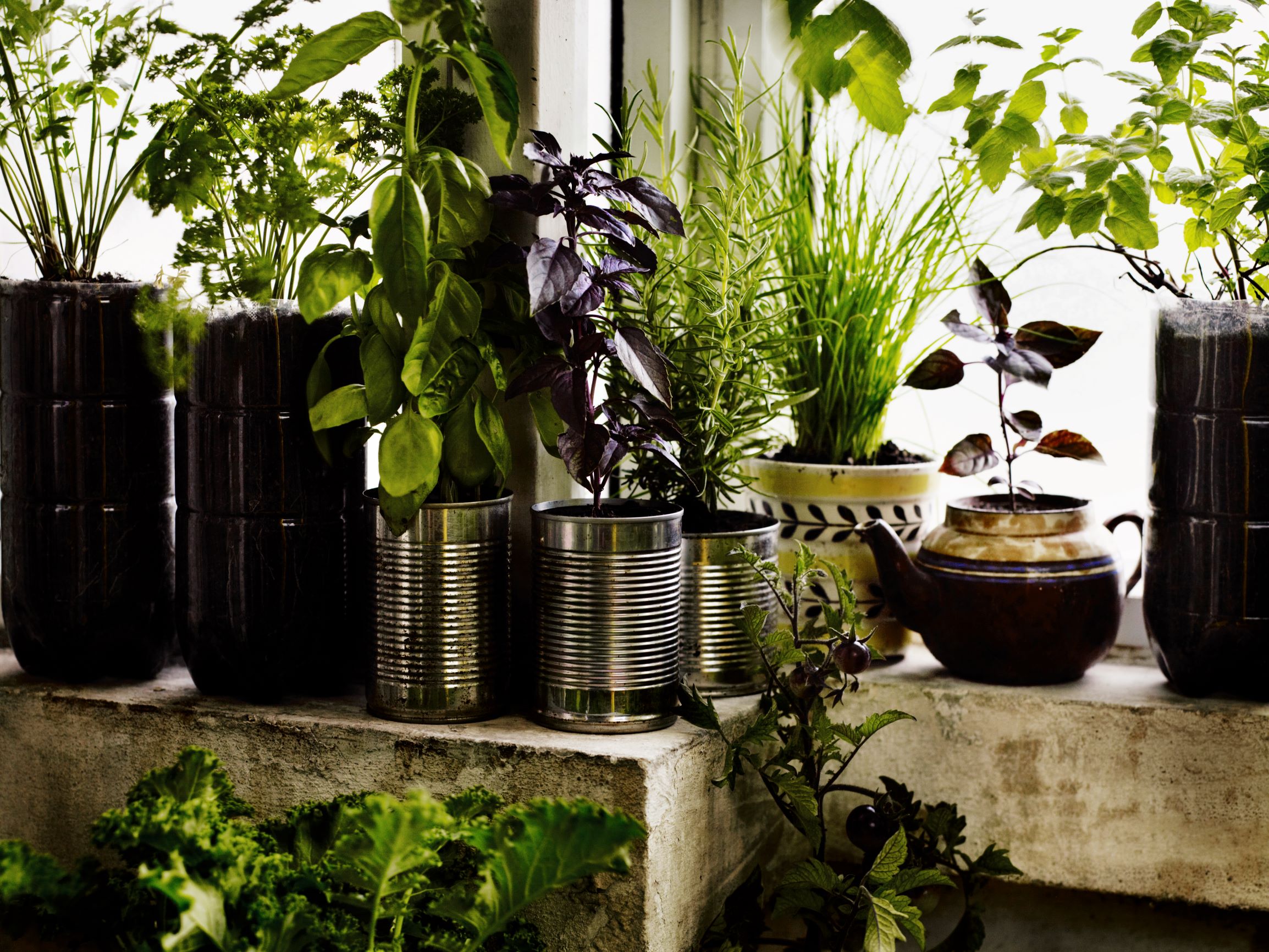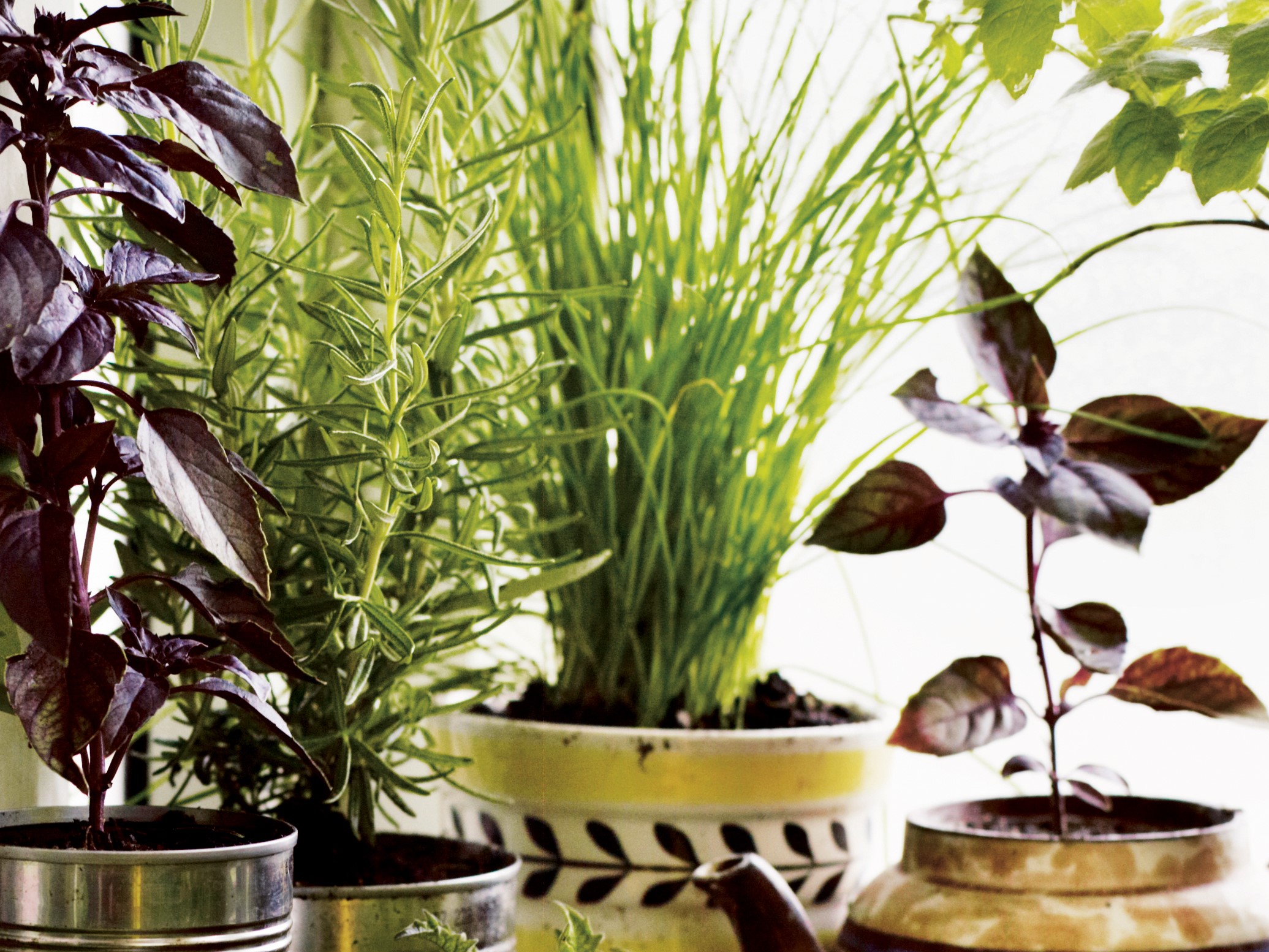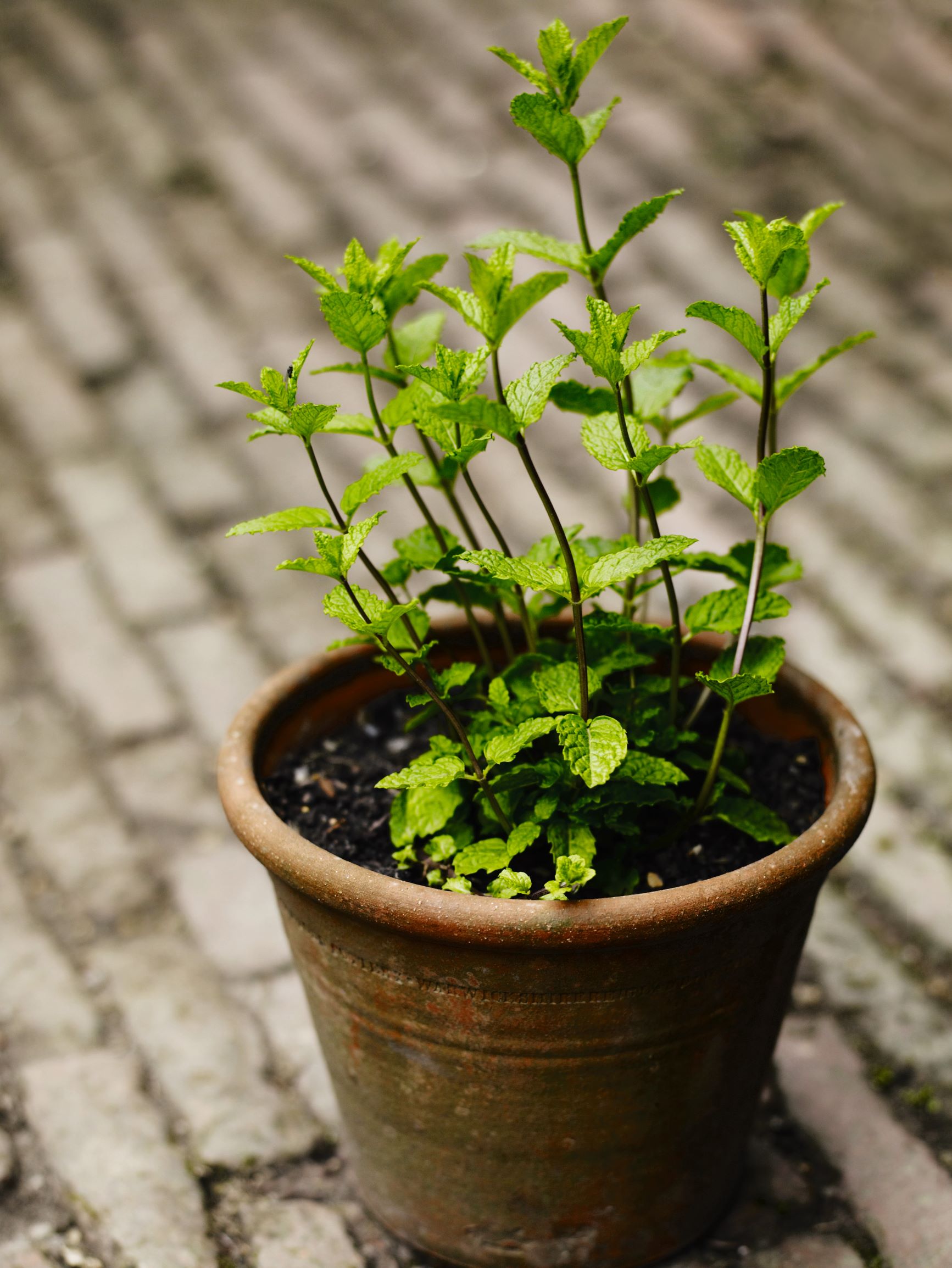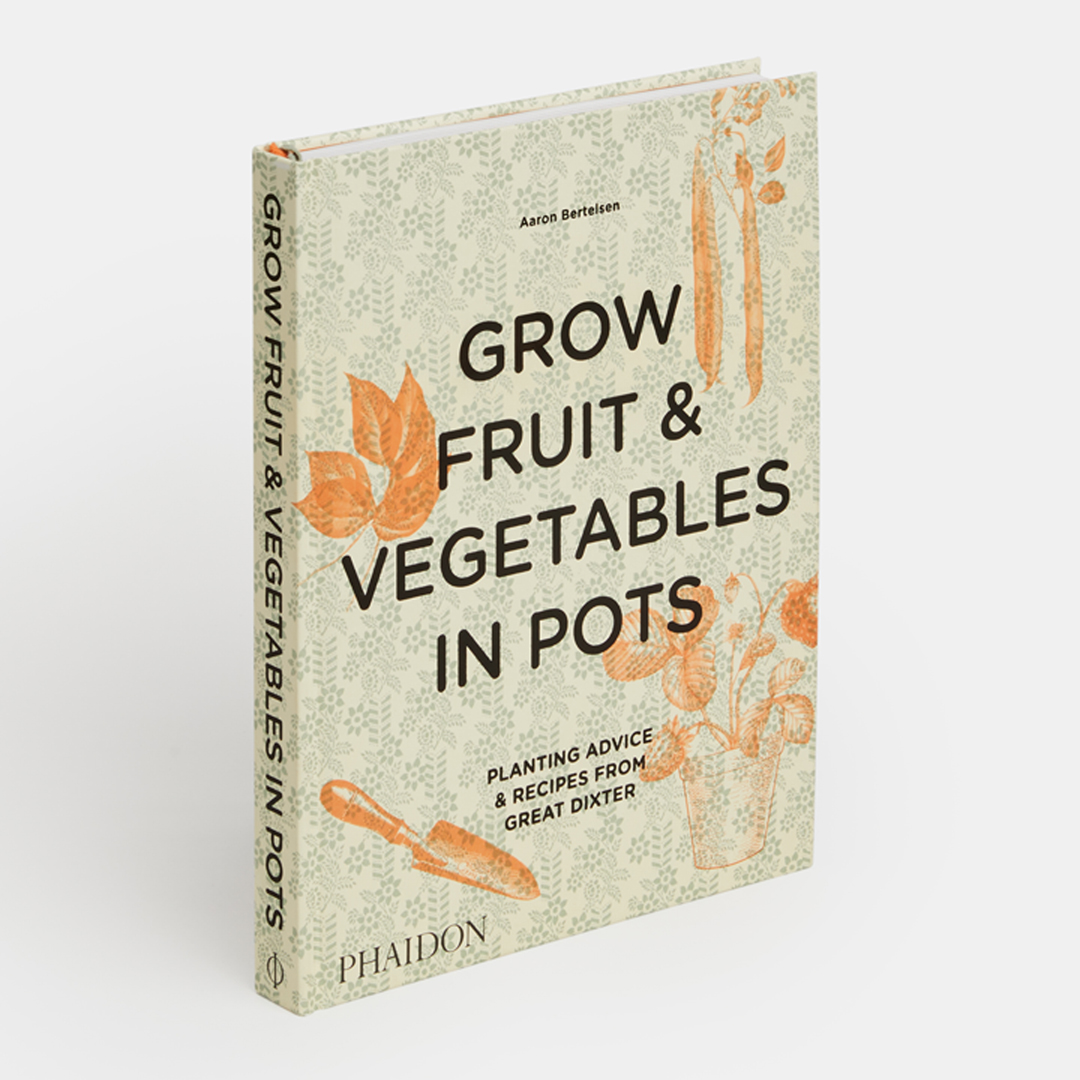
How to set up a windowsill herb garden according to Aaron Bertelsen
Wherever you are for the next few months, Spring is in the air, so it's time to enliven your culinary routine
The joy of visiting somewhere such as Great Dixter, the beautiful country house in the south of England, is something very few of us will be able to enjoy for a while.
However, wherever we are in the world for the next few months, we can still take a little advice from Aaron Bertelsen, the vegetable gardener and cook at Great Dixter. He has some of the best land in Great Britain at his disposal, yet over recent years, as he explains in his new book Growing Fruit & Vegetables in Pots, he’s taken great pride in plants he has managed to grow in containers, arranged on the brick courtyard, just outside his kitchen door.
And you don’t even need a courtyard to get going. “I think of Jo, whom I met on a trip to the Barbican in the heart of London, making her own compost and growing fresh salads and greens year round in a concrete trough and some window boxes in an apparently inhospitable part of the inner city,” he writes in his new book. “Or my friends Lior and Ayala in their small apartment in Jerusalem, packing their tiny balcony with plastic troughs full of fresh herbs and salad leaves.”
“My friends grow herbs in plastic bottles hanging from the windowsill, and you can easily double the growing space in a window box by hanging pots from it,” he writes. “Imagine some beautiful olive oil cans planted up with herbs on the windowsill.” Ready to do a bit more than picture it? Then here are a few simple herbs to get you started.
Basil “Basil is ideally suited to being grown in a pot,” writes Bertelsen. “To thrive, it needs as much heat and sun as you can give it, so move the pot around to keep it in the perfect spot as the summer progresses and the sun gets higher. Heat will concentrate the oils in the plant, intensifying the flavour and also scenting the air around it with the smell of a Mediterranean summer. Water it every couple of days. Basil is best eaten raw, torn up and sprinkled over tomatoes, grilled (broiled) vegetables or pasta, with nothing more than a little good olive oil. A word of warning, though: make sure you buy your pot of basil from a garden centre or nursery, not the supermarket. Those pots might look healthy, but the plants in there are overgrown and congested, and they will not survive being planted out.
“There is no point sowing basil too early. It needs warmth and reasonably dry weather to really get going, so wait until mid-spring.”

Chives “This easy-going perennial is so useful in the kitchen, and it looks wonderful when in flower,” says Bertelsen. “The subtle onion flavour will enhance everything from a potato salad to a tomato sauce, and the flowers are delicious in a salad. The onion smell deters carrot fly, so it is an excellent idea to plant chives around the edge of the pot if you are growing carrots. Chives can be grown from seed, or bought as a small plant from the garden centre, and are very easy to maintain. If they start to look a little sad later in the season, just cut them back and you will get fresh growth. “
Parsley “Parsley could well be my number one annual herb,” writes the gardener and cook. “It’s incredibly versatile in the kitchen, and very tough, remaining productive right through the year at Great Dixter, which is not the warmest spot in the world. In winter, it is a precious source of both fresh green flavour and vitamin C, and I love to eat it raw, either straight from the plant or as part of a salad. It’s also brilliant in sauces and for adding both flavour and colour to tarts and even mashed potatoes. Sow early spring.”

Mint “Mint is an invasive perennial plant, with a great mat of roots,” Bertelsen explains. “This makes it ideal for growing in pots, where it can be kept in check. Choose a big pot, 30 cm/12 inches across, as this is a vigorous plant. It is not worth growing mint from seed because it would take a long time to grow a decent-size plant. Plug plants are widely available and cheap, and you only need one. Just buy a pot from a garden centre or nursery – not the supermarket – when you see one for sale in the spring. You should only need to buy it once as mint is incredibly easy to propagate. Just cut short lengths of root – say, 5 cm/2 inches or so – lay them in a tray of compost (potting soil), cover thinly, keep moist and wait for the new growth to appear.”
Tarragon “Tarragon may not be the best-looking herb in the container garden, but for me it is one of the most useful,” writes Bertelsen. “The only problem I have with it is growing enough to keep pace with demand. I always have several pots on the go at any one time, as I can get through an entire plant in a day when I am cooking tarragon chicken for a crowd. I also like to use it raw in a salad, particularly alongside fish, and it is wonderful with trout baked in newspaper. Tarragon is perennial, but it will need some protection to get it through the winter. Buy a plant from a garden centre (one will be enough to see a normal household through the summer) and pot it up in early spring.”

For more detailed advice from Aaron, as well as plenty of great recipes, order a copy of Grow Fruit & Vegetables in Pots, here.